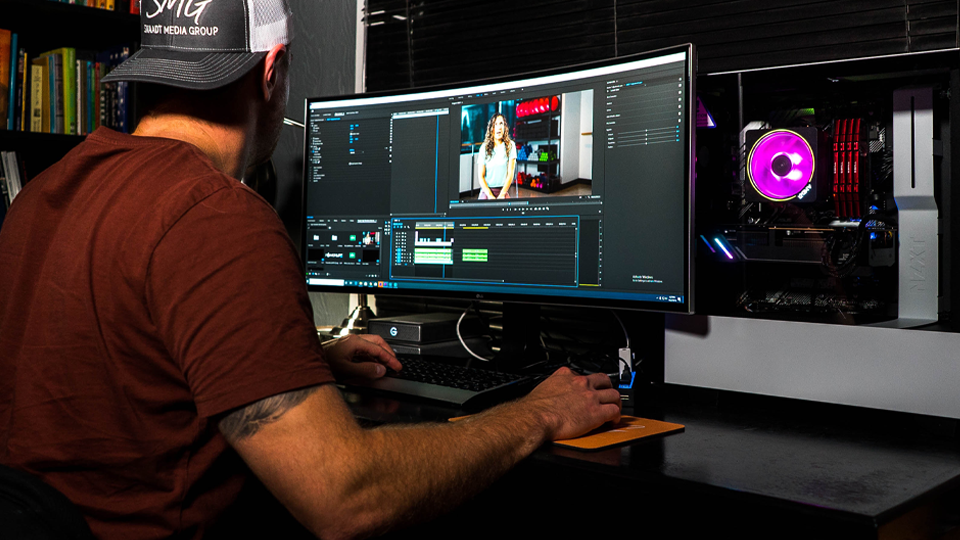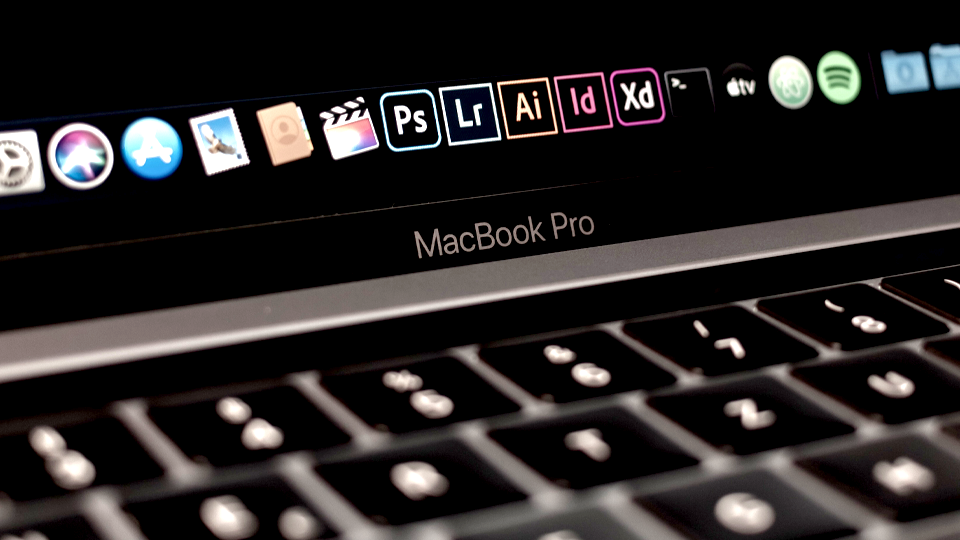The case for Ethernet: Why a hardwired connection is the superior choice for creative work

Samuel Taggart

3 Minutes

Using an Ethernet cable can immediately increase internet speeds up to 42 percent. Here’s why creatives need to care.
Remote workflows require an internet connection. There’s no way around it. But not all remote workflows are created equally, and many are trounced by poor internet connection. When creatives take on a project, whether working between in-house editors, or hand-in-hand with remote clients and collaborators, there’s the necessity for a solid internet connection to share and store media effectively. Some studios spend hours (and even hire teams) to maximize their broadband connectivity, diving into the nitty-gritty details of cables, routers, and upload speeds in the process. But other creatives are less “in the know” about the impact that these connections can have on productivity. Those creatives are missing out on a vital distinction.
In May 2023, Ookla, the developer of internet Speedtest, released new data showing the impact of hardwired versus non-hardwired internet connections. And the results were staggering to our team at Suite. Plainly said–by connecting to the internet via Ethernet instead of WiFi, your internet speed can increase by up to 40 percent, just by simply plugging into the hardwire connection. The level of improvement for one’s connection is still dependent on a number of factors, sure, but the off-the-cuff numbers are still notable, especially for Suite’s creative community who depend on strong connection to unlock the possibility (and full potential) of remote cloud-based workflows.
WiFi vs. Ethernet — what’s the big deal?
In the study recently released by Ookla, the data is shown to represent the percentage of Ethernet speed that comes through when using WiFi. However, the charts get really interesting when you flip the findings around. Examining the amount of internet loss that is occurring when using WiFi connection over a hardwired Ethernet connection is where the results start to pop.
In the United States, internet users who choose WiFi over Ethernet can sleep easy—America has the lowest speed degradation rate among the countries studied. However, when you flip the numbers, you realize that connectivity drops by an astounding 58 percent, over half. In other countries around the world, internet degradation rates vary. The worst can experience over 70 percent loss in speed, namely, in the United Kingdom and France.

There are many factors that affect one’s internet performance, but what’s easy to tell from these numbers are two things. The first is that using a hardwired connection for internet usage is decidedly better than relying on WiFi—in certain instances performing over 50 percent faster. The second is that WiFi talks big game, but doesn’t perform in vital circumstances, especially for media-oriented professionals dealing with heavy files and demanding projects.
This loss in performance can have big (and ultimately negative) implications in a variety of editing processes, no matter if editing between in-house creatives or with remote collaborators. Here are a few examples of how Ethernet will outperform a standard WiFi connection in a creative setting:
Collaborative Editing: When multiple video editors are working on the same project simultaneously via a cloud-based platform like Suite, a hardwired connection ensures fast and uninterrupted data transfer. This prevents lag or delays that could interrupt real-time collaboration. Check out our article on Network Jitter that dives into this more.
Large File Transfers: Video editors often deal with massive files or large batches of files. When uploading or downloading these files to and from the cloud, a hardwired connection ensures faster and more stable transfer speeds. This is HUGELY important for creatives to remember.
Backups and Archiving: Regular backups of work in progress, or archiving finished projects to a cloud-based storage solution, are crucial parts of a video editor's workflow. A hardwired connection makes these processes faster and more reliable than relying on WiFi.
Some factors that influence a studio or an individual’s internet connectivity can be dialed-in to provide the utmost performance—things like buying a nicer Ethernet cable, investing in an aftermarket router, or ensuing you have a good relationship with your Internet Service Provider.
The bottom line is that, in every circumstance creatives encounter during a workday, an Ethernet connection is proven to be the best option for reliable, secure, and fast internet.
A quick way to implement this into your workflow is by simply buying an industry-approved Ethernet cable, like this one on sold on Amazon. Many newer laptops, however, do not have Ethernet ports built-in anymore; if you’re working off of laptop built in the last few years, you will need an adapter.
Do yourself the favor and invest in the adapter and Ethernet cable today. Forget the spa treatment you’ve been craving, spending on an Ethernet cable will be the best $30 you spend this year. \Ensuring you can make this hardwired connection, whether you’re working from the at-home studio or somewhere on the road—you’re projects will move faster, your renders will encounter less hiccups, and your creative process will thrive thanks to this one simple connection.
Ensuring you can make this hardwired connection, whether you’re working from the at-home studio or somewhere on the road—you’re projects will move faster, your renders will encounter less hiccups, and your creative process will thrive thanks to this one simple connection.



































